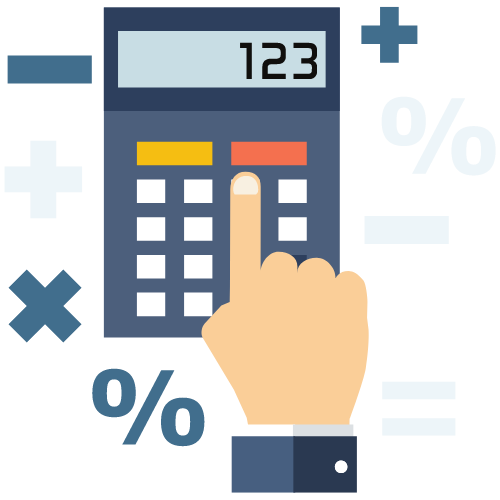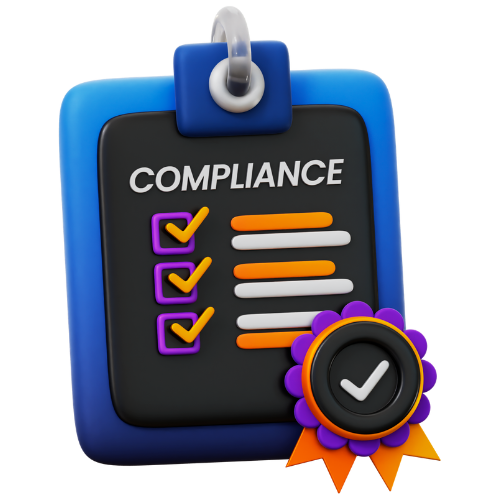How to Choose the Right Income Tax Return Form for Your Needs
Choosing the right income tax return form can be confusing. Learn how to pick the correct form for your needs with this helpful guide.
How to Choose the Right Income Tax Return Form for Your Needs
As tax season rolls around, one of the most important decisions you will need to make is choosing the right income tax return form. With various forms available for different types of income and deductions, it can be confusing to determine which form to use. Therefore, it is crucial to understand your financial situation and select the form that best suits your needs. Here is a helpful guide to assist you in choosing the correct income tax return form for your specific circumstances.
Understanding the Different Forms
The Internal Revenue Service (IRS) offers several different forms for filing income taxes, each tailored to specific financial situations. The most commonly used forms include:
- Form 1040: This is the standard form that most taxpayers use to report their income, deductions, and credits. It is suitable for individuals with various income sources, including wages, salaries, and freelance income.
- Form 1040A: This form is a shorter version of the 1040 and is designed for taxpayers with straightforward tax situations. It offers fewer options for deductions and credits.
- Form 1040EZ: The simplest form of the three, the 1040EZ is for individuals with no dependents, who are under the age of 65, and who do not itemize deductions. It has strict eligibility requirements.
Assessing Your Financial Situation
Before choosing an income tax return form, it is essential to assess your financial situation and determine which form aligns with your needs. Consider the following factors:
- Income Sources: Evaluate the types of income you received during the tax year. If you have multiple sources of income, such as wages, dividends, and rental income, you may need to use the more comprehensive Form 1040.
- Deductions and Credits: Determine the deductions and credits you are eligible for. If you have numerous deductions or plan to itemize, the standard Form 1040 may be the best choice to maximize your tax savings.
- Dependents: If you have dependents, such as children or elderly relatives, you may need to use Form 1040 or 1040A to claim certain tax benefits, such as the Child Tax Credit or Earned Income Credit.
Choosing the Right Form
Once you have assessed your financial situation, it is time to choose the right income tax return form. Here are some tips to help you make the decision:
- Simplicity: If your financial situation is relatively straightforward, with only one source of income and few deductions, consider using Form 1040EZ for ease of filing.
- Complexity: For more complex financial situations involving multiple income sources, deductions, and credits, opt for Form 1040 to ensure you can accurately report all relevant information.
- Eligibility: Review the eligibility requirements for each form to determine which one you qualify for based on your age, filing status, and income sources.
Consulting a Tax Professional
If you are unsure about which income tax return form to use, it may be beneficial to consult a tax professional for guidance. An accountant or tax preparer can review your financial documents and recommend the most appropriate form for your specific needs.
Filing Options
Once you have selected the right income tax return form, you have several options for filing your taxes:
- Mail: You can print the form and mail it to the IRS along with any supporting documents, such as W-2s and 1099s.
- Online: Use an electronic filing service, such as IRS Free File or commercial tax software, to submit your tax return online for faster processing.
- In-person: Visit a tax preparation office to have a professional assist you with filling out and filing your tax return.
Final Thoughts
Choosing the right income tax return form is an essential step in the tax filing process. By understanding your financial situation, assessing your eligibility for different forms, and considering the complexity of your taxes, you can confidently select the form that best meets your needs. If you are unsure or have a complicated tax situation, don't hesitate to seek guidance from a tax professional to ensure you are filing accurately and maximizing your tax savings.
Remember that filing your taxes accurately and on time is crucial to avoid penalties and ensure compliance with IRS regulations. By taking the time to choose the right income tax return form and filing method, you can streamline the tax filing process and potentially reduce your tax liability.
Latest Updates
ca4filings.com Services















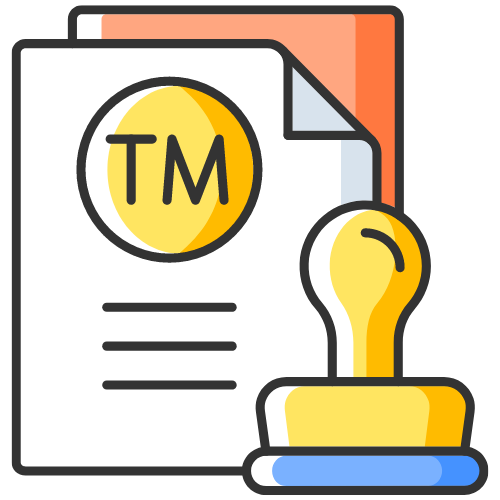








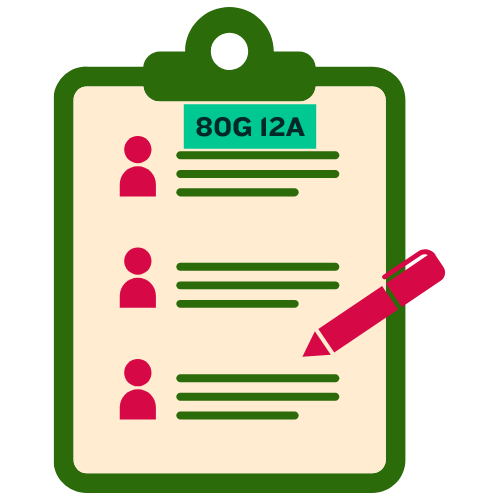

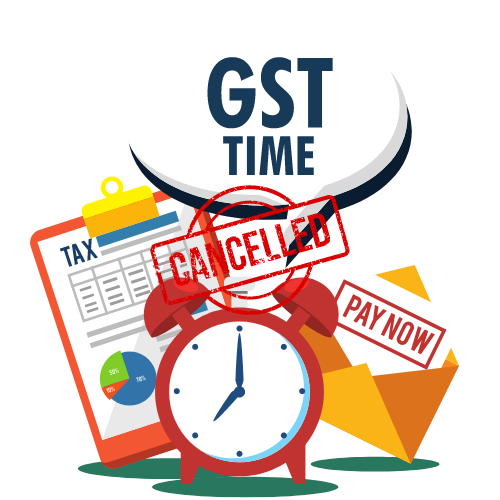

-registration.png)
